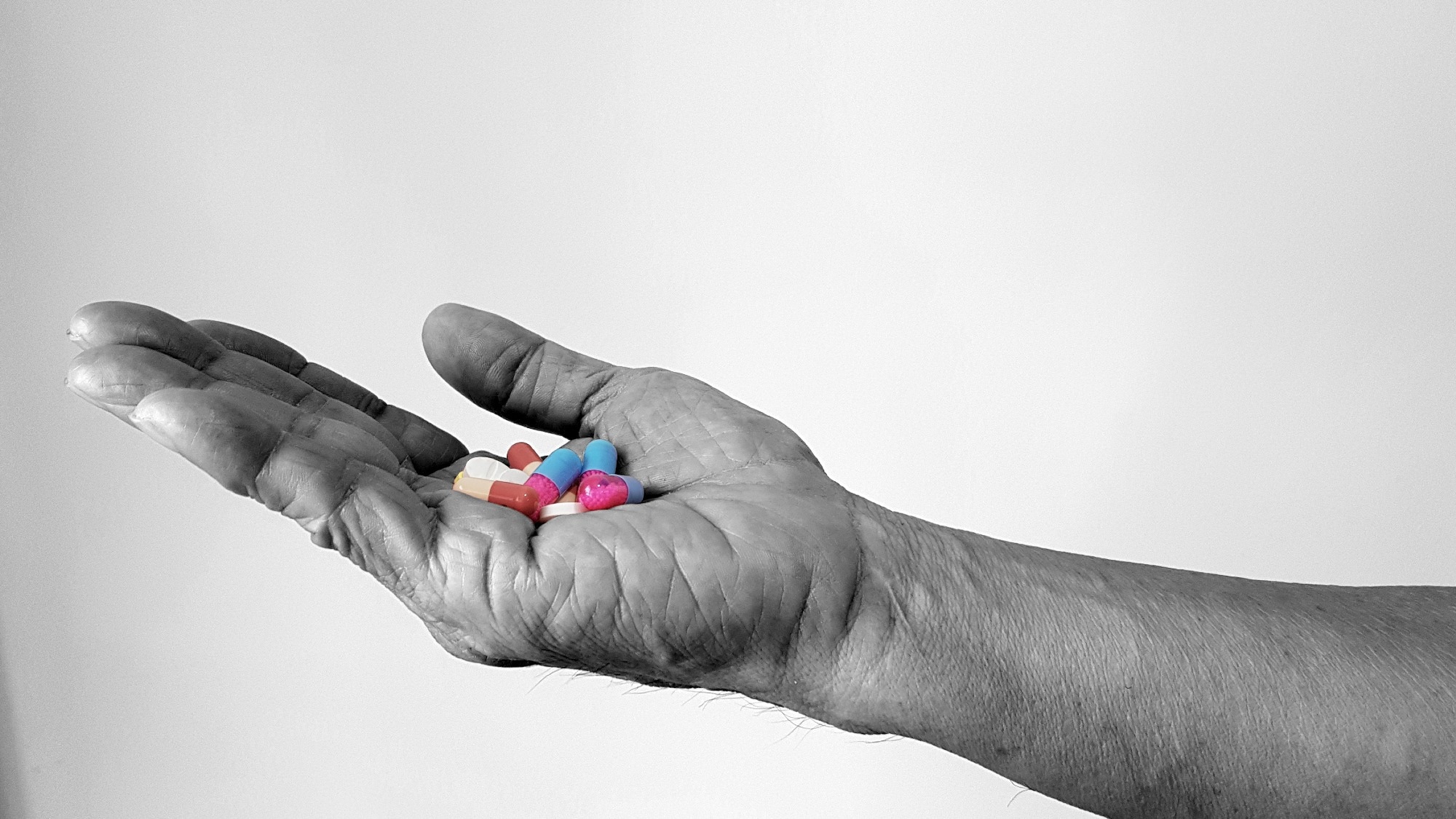A recent Communications Medicine study assesses how temperature contributes to increased hospital visits due to alcohol- and substance-related disorders in New York State.
 Study: The association between temperature and alcohol- and substance-related disorder hospital visits in New York State. Image Credit: joel bubble ben / Shuterstock.com
Study: The association between temperature and alcohol- and substance-related disorder hospital visits in New York State. Image Credit: joel bubble ben / Shuterstock.com
Background
In 2019, the Substance Abuse and Mental Health Services Administration (SAMHSA) survey indicated that about 139.7 million people drink alcohol and approximately 25.8 million people consume illegal drugs. Although most individuals who drink alcohol or use illicit substances do so in moderation, a small percentage are recurrent or extensive users.
Recurrent drug or alcohol users often experience significant clinical impairment and require inpatient treatment. An increase in excessive alcohol-related morbidity and mortality has recently been recorded in the United States.
Weather plays an important role in public health; therefore, it is essential to formulate effective strategies to combat issues related to climate change. Most studies have investigated the effect of climate and weather change on infectious and parasitic diseases, whereas other studies have assessed how these conditions influence the manifestations of respiratory and cardiovascular conditions.
Behavioral and physiological pathways may be associated with temperature changes and alcohol- and substance-related disorders. For example, higher temperature increases the perspiration rate, which plays an important role in how an individual’s body reacts to certain substances.
Temperature may also indirectly influence alcohol consumption and substance use. In this context, one previous study indicated that temperature rise from climate change enhances mental health issues, which could subsequently increase both alcohol consumption and illicit substance use.
Limited studies have assessed the relationship between temperature and alcohol- and substance-related disorders. Although two studies conducted in Germany and France have reported that temperature is associated with alcohol use disorders, these studies did not control for confounding bias.
Another study conducted in Canada established a positive correlation between higher temperatures and an increase in substance abuse-related mental illness, which required emergency hospital visits.
About the study
The current study assessed whether daily temperature influenced hospital visits due to alcohol- or substance-related disorders, particularly from cannabis, opioids, cocaine, and sedatives. The role of age, social vulnerabilities, and location in the relationship between hospital visits and alcohol/substance use was also determined.
All relevant data were obtained from the New York Department of Health State-wide Planning and Research Cooperative System (SPARCS) between 1995 and 2014. SPARCS provided data for about 98% of individuals who visited New York State hospitals.
Both inpatients and outpatients were considered. Substance use was sub-grouped based on cannabis, opioids, cocaine, and sedative abuse.
Study findings
In New York State, a total of 717,798 hospital visits were recorded due to alcohol-related disorders and 794,305 for substance-related disorders. Based on the eligibility criteria, 671,625 individuals admitted to hospitals due to alcohol-related disorders and 721,469 for substance-related disorders were included.
The highest hospital visits were linked to opioid users, while the lowest number of hospital visits was linked to sedative use. Across every group and subgroup, individuals between the ages of 25 and 44 years were associated with the highest frequency of hospital visits. Compared to females, males were more likely to visit hospitals for alcohol/substance use-related issues.
For both alcohol- and substance-related disorders, an increase in temperature from zero to six days before hospital visits was positively related to the rise in hospital visit rates. An increased consumption of substances occurs in more pleasant outdoor weather.
Below-average temperatures were associated with reduced hospital visit rates. This finding implies that people using psychoactive substances are less likely to visit hospitals in cold or stormy weather, as they are more likely to stay indoors.
Comparatively, in higher temperatures, the rate of hospital visits is higher, attributed to a greater tendency to stay outdoors and participate in riskier activities. However, increases in temperature beyond the comfortable level does not enhance outdoor activity.
Although there was no robust association between hospital visits due to elevated substance-related disorder and temperature greater than the mean temperature, cocaine use was significantly higher with increased temperature. An increase in alcohol consumption caused an increase in sweating, which enhanced the risk of respiratory and cardiovascular disease events.
Conclusions
Some notable limitations of the current study include the misclassification of clinical outcomes and substance exposure. There is also a possibility that estimations are influenced by confounding bias. Furthermore, the present study was based in New York State, which limits the generalizability of the findings.
Despite these limitations, the study findings highlight a positive association between short-term temperature exposure and hospital visits due to alcohol- and substance-related disorders. Therefore, the rapid increase in temperature due to climate change could also elevate the negative alcohol- and substance-related outcomes in the U.S.
In the future, more research is needed to elucidate the relationship between medical history, frequency of hospital visits due to alcohol- and substance-related disorders, and temperature.